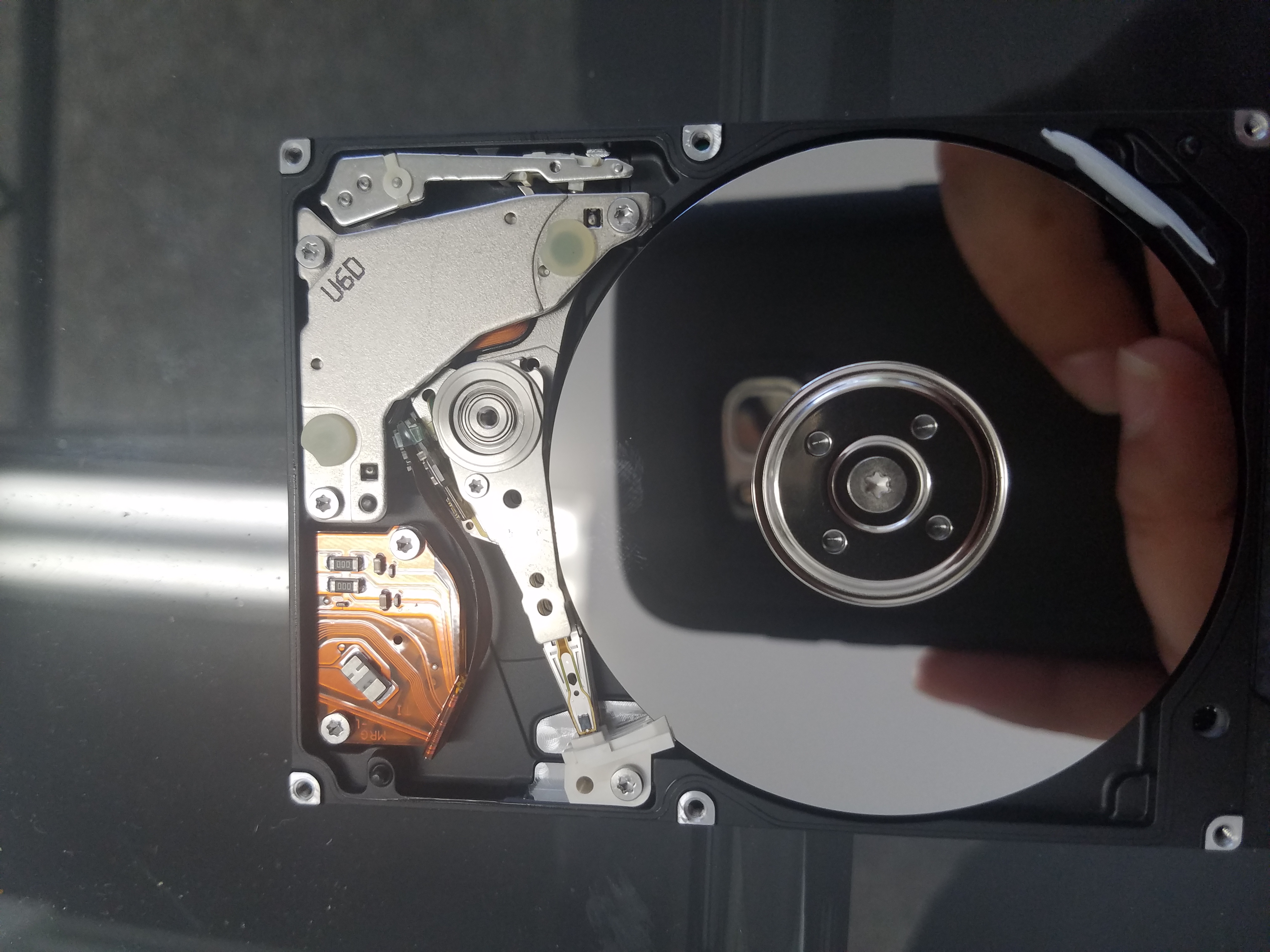

SCSI drives are a small percentage of the Standardized internal secure erase command also exists for SCSIĭrives, but it is optional and not currently implemented in SCSIĭrives tested by CMRR. Successfully pass secure erase validation testing at CMRR.

Manufactured after 2001 (Over 15 GB) have the Secure Erase command and The ATA specification in part at CMRR request. ItĬompletes in about 1/8 the time of 5220 block erasure. Is a drive command defined in the ANSI ATA and SCSI diskĭrive interface specifications, which runs inside drive hardware. Lots of interesting info in Guidelines for Media Sanitization, NIST SP 800-88 (2014).Īn overwrite technology using firmware based process to overwrite a It is an ATA command, and covers (S)ATA interfaces.Īfter that, you can optionally degauss the drive to erase the firmware itself. The only NIST approved method to securely erase a hard drive is by utilizing the secure erase internal command - documented at the Center for Magnetic Recording Research (CMRR) - and that is what everyone should be doing. And in the absence of a neuralyzer, does human memory of the password render any hard disk encryption schemes vulnerable to data recovery? If you do that, it would seem that you have to be able to securely destroy the keys when necessary. The other option I've heard of is always encrypting everything you send to the drive yourself via something like Truecrypt.


 0 kommentar(er)
0 kommentar(er)
